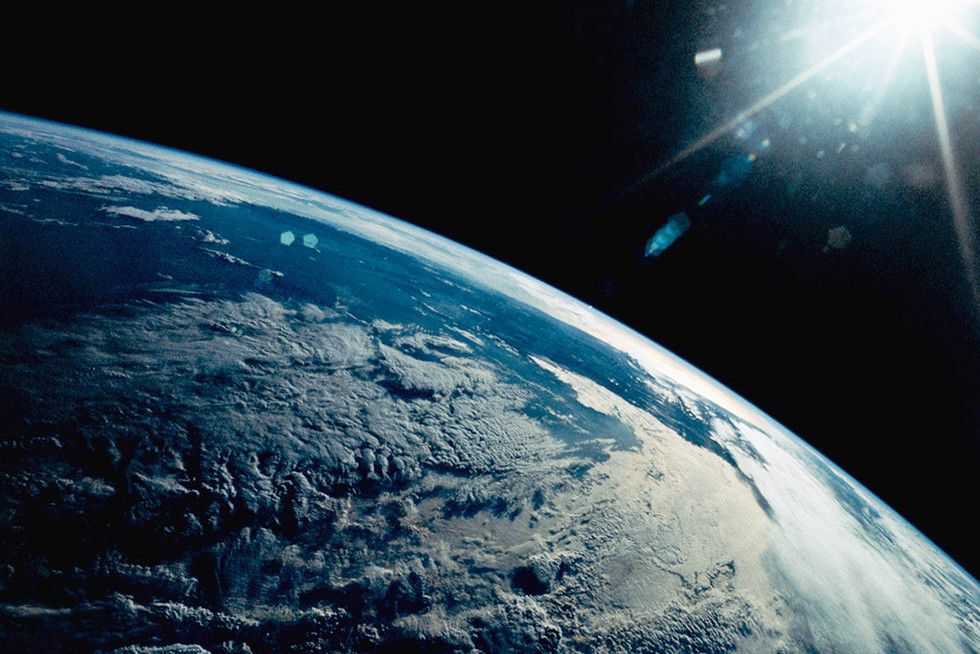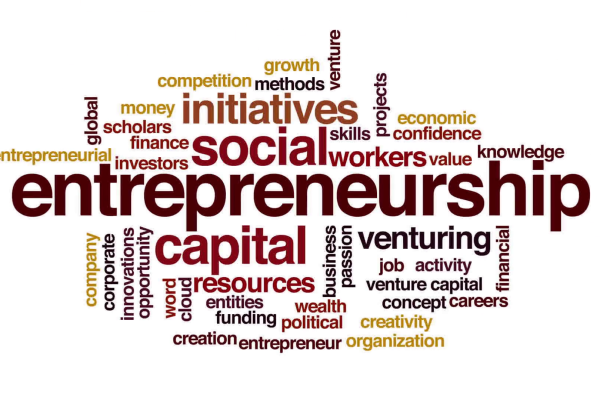
By: Dwight Links
The recent Space Science Week celebrations in Windhoek introduced scientists from the United States of America and brought exposure to Namibia’s potential for participating in future space science-related activities.
Jason Barnes and Jani Radebaugh were guests at the event organised by the National Commission of Research, Science and Technology (NCRST).
They participated in a panel discussion that focused on the developments made by scientists pioneering an area like space, with Barnes noting that Namibia still has an opportunity to participate in this field.
“The greatest asset for any country is their people, and I see that Namibia is investing in its young people. Those young people are being supported in their schooling and at university, and I think that is the first step,” Barnes noted.
“Another thing is the level of participation and involvement by Namibians to host telescopes and observing facilities in the country. I have been all over the world and the darkest, most beautiful skies were here,” he added.
This would allow a developing country like Namibia to leverage this advantage, bring in expertise and develop further collaborations with these specialists to build a sector.
On the field of geology, Radebaugh noted that space scientists look up and geologists look down towards the ground they walk on.
“During the Apollo missions, astronauts had to bring back rock and soil samples for analysis and that is how geologists became part of the science fields,” she indicated.
Namibia’s history with space activity shows that the country is home to a vast meteorite impact zone in the south of the country known as the Roter Kamm crater (with a diameter of 2.5 km), and the Hoba meteorite (Grootfontein) which is still the largest intact space rock, weighing 60 tonnes.
Both American scientists had visited Namibia before in 2013 and, according to them, parts of Namibia resembled the environment of Saturn’s moon Titan.
“20% of the Titan moon’s surface is covered in sand dunes. These sand dunes here closely resemble those on Titan with height, type, and spacing. This was the motivation to build this mission which is funded by NASA,” Barnes explained.
Barnes, employed by the University of Idaho, is the lead investigator and physicist for the Dragonfly project under the North American Space Agency (NASA). The planned launch of the Dragonfly project is 5 July 2028, and the expected landing on the surface of Titan would be 1 December 2034.
Radebaugh indicated the reason for the mission was to show other scientists associated with it what realities the Dragonfly mission could face on the other side of the solar system.
According to the guest scientists, other fields of study which could aid in the development of a space science program include data science – which would help with data analysis of the large amounts of data created – chemistry for the planetary fields, and many of the basic STEM fields.
Chairperson of the National Space Science Council, Marius Mutorwa, agreed that the disciplines associated with space have a crosscutting effect.
“Our space policy speaks of leveraging the knowledge that we have garnered, thus translating into a meaningful impact for the other sectors in the economy. Resource management disciplines, chemistry, and data science are essential. Namibia’s space science council already speaks to the representation of the sectors in the country: astrophysics, ICT, law, security and engineering,” Mutorwa highlighted.
According to Mutorwa, the structure of the council allows it to co-opt into other areas of expertise that might not be part of the council. An example of such an access point for Namibia would be the enquiries on space tourism received by the council.
“Space tourism is one such aspect that the council has received requests for by international companies from outside and we have been exploring how we can expand on the strategic advantage the country has in this field,” the chairperson added.
Mutorwa concluded by indicating that other fields such as agriculture and economics could provide further insights for scientists as they explore correlations with Namibia’s space science potential.









